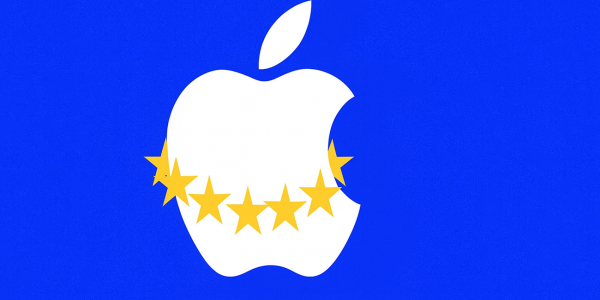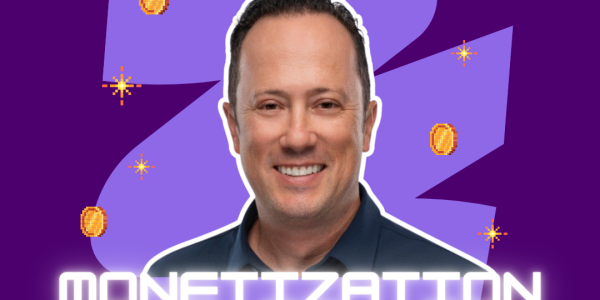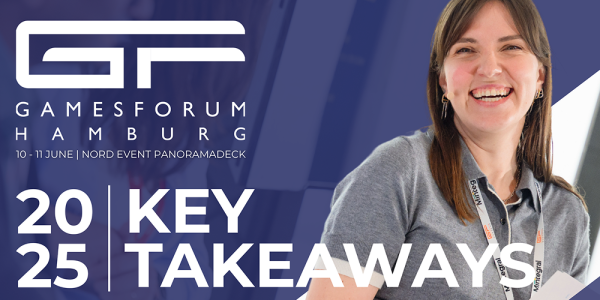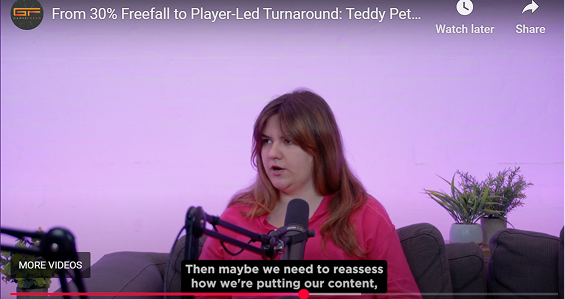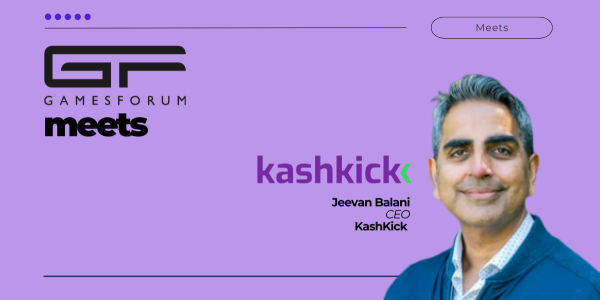9 Crisis Lessons from Midoki’s Senior Product Manager on Surviving a 30% Player Drop
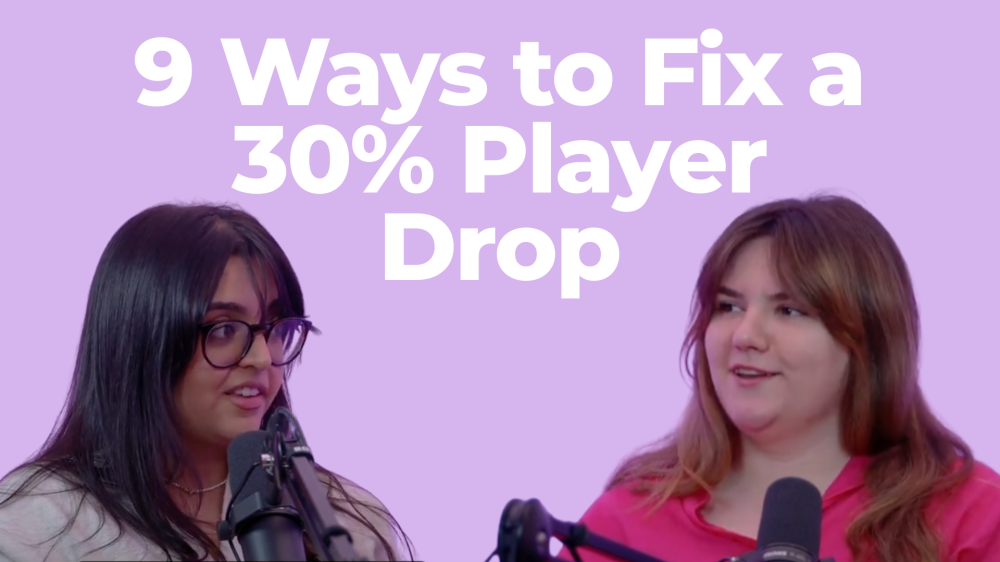
When your game takes a 30% hit in engagement, it’s tempting to scramble. But as Teddy Petkova, Senior Product Manager at Midoki told us in a recent studio interview: surviving the dip - and coming out stronger, is about structured thinking, ruthless prioritisation, and listening more than you talk.
Here’s how to steady the ship, straight from someone who’s done it.
1. 😱 “The first response is probably panic… for about two seconds.”
The initial reaction is emotional, and that’s okay - but only briefly. “Then you put your product hat on,” Teddy says. That means moving straight into diagnosis mode. Emotional thinking won’t fix broken KPIs.
2. 🔍 “Where did the drop occur? Is it DAU, MAU, session length, retention, revenue?”
Start granular. A 30% drop in what, exactly? Is it session frequency or depth? Day 1 retention or long-term cohort decay? Does it coincide with a build, live event, or external market change?
Then segment:
- Is this isolated to new users?
- Specific geographies or platforms?
- Paid vs. non-paid users?
- Event participants vs. core loop players?
Use your product analytics stack (Amplitude, Mixpanel, GameAnalytics) to visualise segments in motion. Surface the “what” before guessing at the “why.”
3. 🧠 “You need to come with a hypothesis, but you also need analytics to challenge that.”
Product managers should show up with early theories.“This might be a bug,” or “this event didn’t land” - but must remain open to being wrong.
Teddy emphasises the role of a strong analytics team: they ground gut feel in real data. Start with a blank slate. Otherwise, you risk running A/B tests on the wrong assumptions.
4. 🛠 “If we pushed out a bug… then we’re pushing a hotfix ASAP.”
Once you have a lead, move fast. Fix regressions, balance broken content, and remove friction. Speed matters more than elegance here. You’re not polishing, you’re triaging.
Common high-impact, low-effort fixes include:
- Reverting new feature placements
- Fixing event gating issues
- Correcting reward imbalances
- Stabilizing any known crashes (monitor crashlytics and support tickets)
5. 📆 “Is it general fatigue? Then maybe we need to reassess how we’re putting out our content.”
Sometimes, the product isn’t broken - it’s just tired. Players can burn out on:
- Too frequent event cycles
- Overlong meta-progression
- Repetitive rewards or grind
This is where game feel and community fatigue meet hard metrics. Consider adjusting your LiveOps calendar, simplifying flows, or reworking pacing without waiting for a full roadmap overhaul.
6. 🧏 “We missed gathering really good quantitative data from players - and actually speaking to them.”
In one case, Teddy's team launched a new feature for long-term players without first consulting that player base. The result? Strong adoption, weak monetization, and unmet expectations.
The fix wasn’t in analytics - it was in community management. Talking directly to power users surfaced the real issue: feature expectations were misaligned with veteran play styles.
Player councils, surveys, Discord Q&As, whatever format you use, player-facing validation is crucial.
7. 🔁 “We had to change course. Some content got reprioritised. But we made it work.”
When a crisis hits, your roadmap becomes a living document. Don’t be afraid to:
- Pause low-impact content
- Delay major updates
- Rescope upcoming features
Teddy stresses that staying flexible, even when it hurts short-term planning, saved both the feature and their annual goals. “We still reached our revenue targets,” she notes, “even with a blurb moment.”
8. 🎯 “Keep business goals in mind… but don’t ignore the player perspective.”
Balancing internal metrics with external sentiment is the hardest part. Too much focus on KPIs can make your product tone-deaf; too much focus on community noise can create whiplash.
Your job is to mediate. Listen deeply, act selectively, and align every decision with both retention logic and user value.
9. 🧘 “As a PM, your job is to ask questions. And then keep asking.”
In crisis, leadership comes from curiosity, not certainty. Teddy's advice: lead with inquiry, ground everything in data, and keep asking “why” until the root issue is undeniable.
This mindset builds trust across analytics, product, community, and exec teams - crucial for coordinated response in a high-stakes moment.
Final thought
A 30% drop isn’t a game over. It’s an alarm bell. With fast response, strong data hygiene, player empathy, and flexible planning, you don’t just recover - you improve. Or, as Teddy puts it:
“It was a learning experience. And in the end, we hit our goals.”

